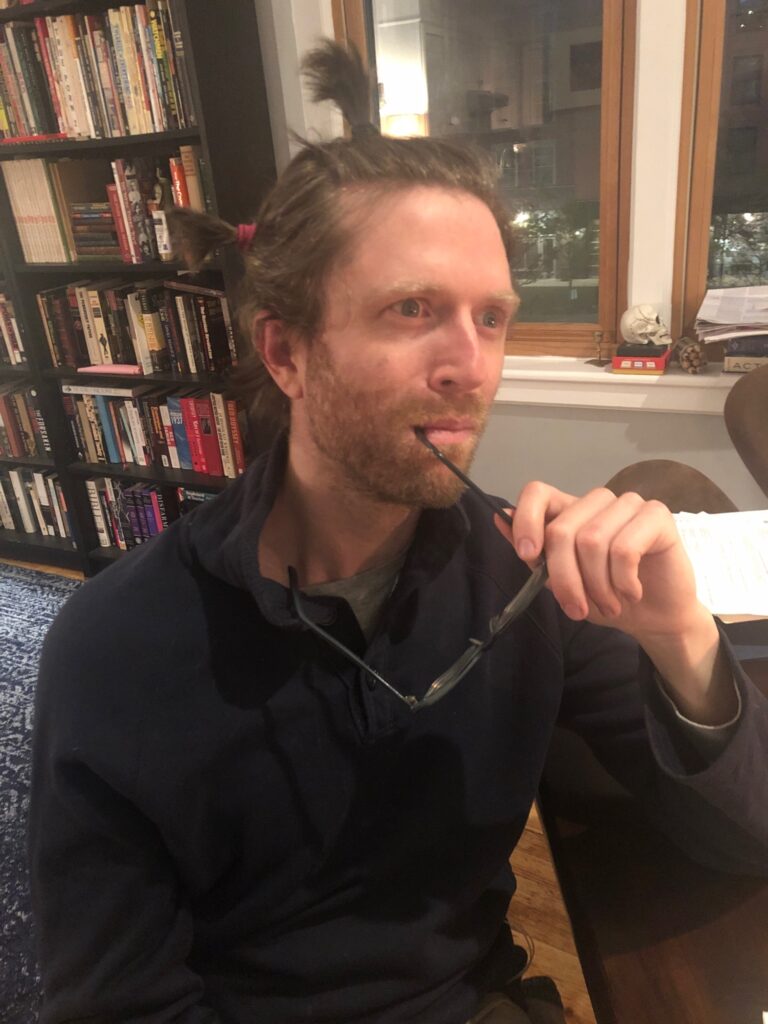As communism fades from memory-history into discipline-history, so does one meaning of “front.” In Cold War parlance, a front was a political shell company, an organization funded by and beholden to the interests of a government. The irony of the Cold War was that it saw the flowering not only of state-funded propaganda on an unprecedented scale, but also of the Non-Governmental Organization (NGO), an entity celebrated for its autonomy from political influence. Here was the Cold War’s antithesis—international NGOs like the UN or the Olympic Games that stood for peace and mutual understanding. What history has lost sight of, and my site seeks to bring back into view, are the international fronts that emerged after World War II, styled as NGOs. A contradiction in terms, they constituted a key arm in the war of ideas that made the Cold War “cold,” yet about which hardly anything has been written.
My existing website plots out where the “cold fronts” met, and so give viewers a visual representation of East/West, Iron Curtain/free world competition that contests those categories. Communist fronts met outside of Communist-led countries almost as much as Western ones met outside of liberal democratic countries. The site will add to this geographic feature samples from the print propaganda that they produced—namely, magazines. Here, visitors will be asked to determine which publication belonged to which alliance. Who published World Youth, for example, with its interview with Sting the musician in 1986?
The historical thinking featured on the site is substantive inasmuch as it will devote a separate page to each of the state-backed NGOs that appears on the map. It will employ procedural history by asking users to infer the origins of a document based on content alone. The site will thus be of use to teachers who wish to take their students beneath the categories of Cold War propagandas to their contents.
